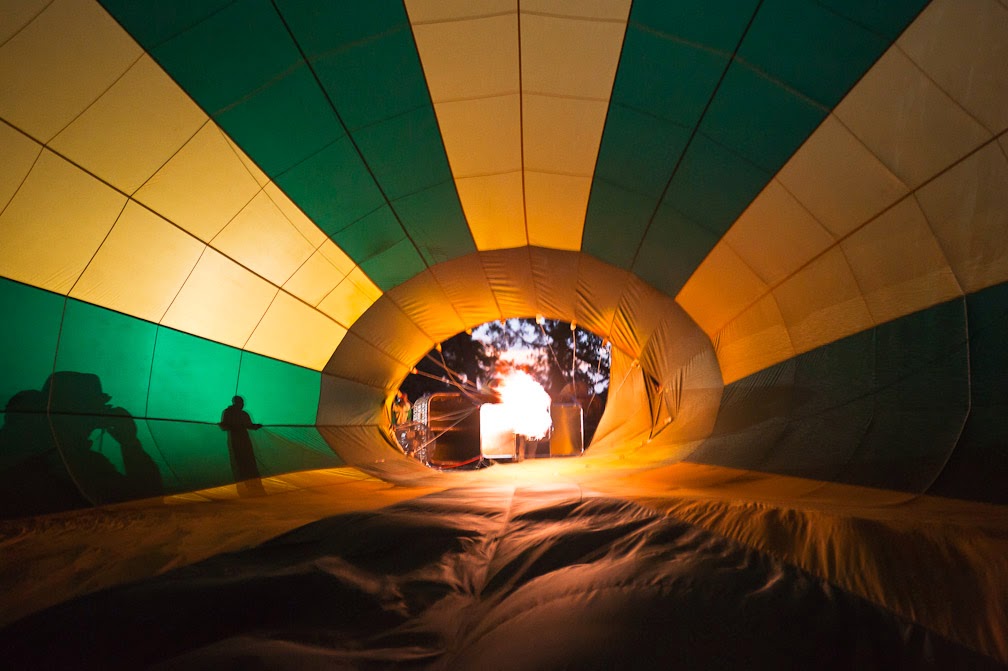The Masai Mara Game Reserve is the major reserve that everyone knows. The migration of zebra and wildebeest are in the reserve from approximately July to October. The conservancies (Olare Orok, Mara North, Siana, Talek, etc) are privately controlled areas that all border the Masai Mara. They are technically not in the Masai Mara, but because there are no gates or fences around the reserve or around the conservancies, animals are free to roam where they wish. The conservancies will up with wildlife just like the Masai Mara.
Several conservancies, such as the Olare Orok Conservancy and Mara North Conservancy, contain only high-end properties. These two conservancies are full of wildlife and contain fewer visitors. Other conservancies, like Talek Conservancy and Siana Conservancy, contain less wildlife and it's usually advisable to head into the actual reserve. If you stay in one of the conservancies, I advise paying for 1 day of park fees to the actual reserve, just to get an idea of what it's like. During the migration, heading into the reserve is highly recommended.
2. Can children come on safari?
Yes. Children love being around the animals and getting to interact with the Masai at the camps. For families, I recommend trying to choose an itinerary with shorter drive times so the children don't get too uncomfortable in the vehicle.
For me, the best time is in July and in September because the migration is in the Masai Mara and the crowds aren't as big as August. Birdwatchers will want to visit between December and February, when the migratory birds fly south to East Africa. If you're looking for the best value, come in June when prices are lower and the migration is getting ready to head into the Masai Mara.
For the coast, I would avoid April and May as this is the rainy season. Otherwise, the weather is usually wonderful.
4. When should I travel to Tanzania?
February is the time that the migration of wildebeest and zebra gives birth in the Serengeti...an amazing sight. And in June the herds cross the Grumeti River on their way to Kenya, providing spectacular drama on the river banks. Ngorongoro is always full of wildlife as the animals rarely migrate out, so it's difficult to go wrong there.
5. What should I wear on safari?
Hat, sunglasses, sunscreen lotion, t-shirt with a light jacket over it (it gets cold in the early mornings), comfortable light trousers, closed-toe shoes. Bug spray is helpful...just in case.
I recommend trousers and closed-toe shoes over shorts and sandals for a few reasons. If there are any flies throughout the day, they won't bother you as much. You won't return to the camp as dusty. It can be chilly in the early morning and as the sun sets.
For more information about our safaris, please go to www.travel-wild.com. Find Kenya safaris, Tanzania safaris, Mombasa and Zanzibar properties, and more.
































